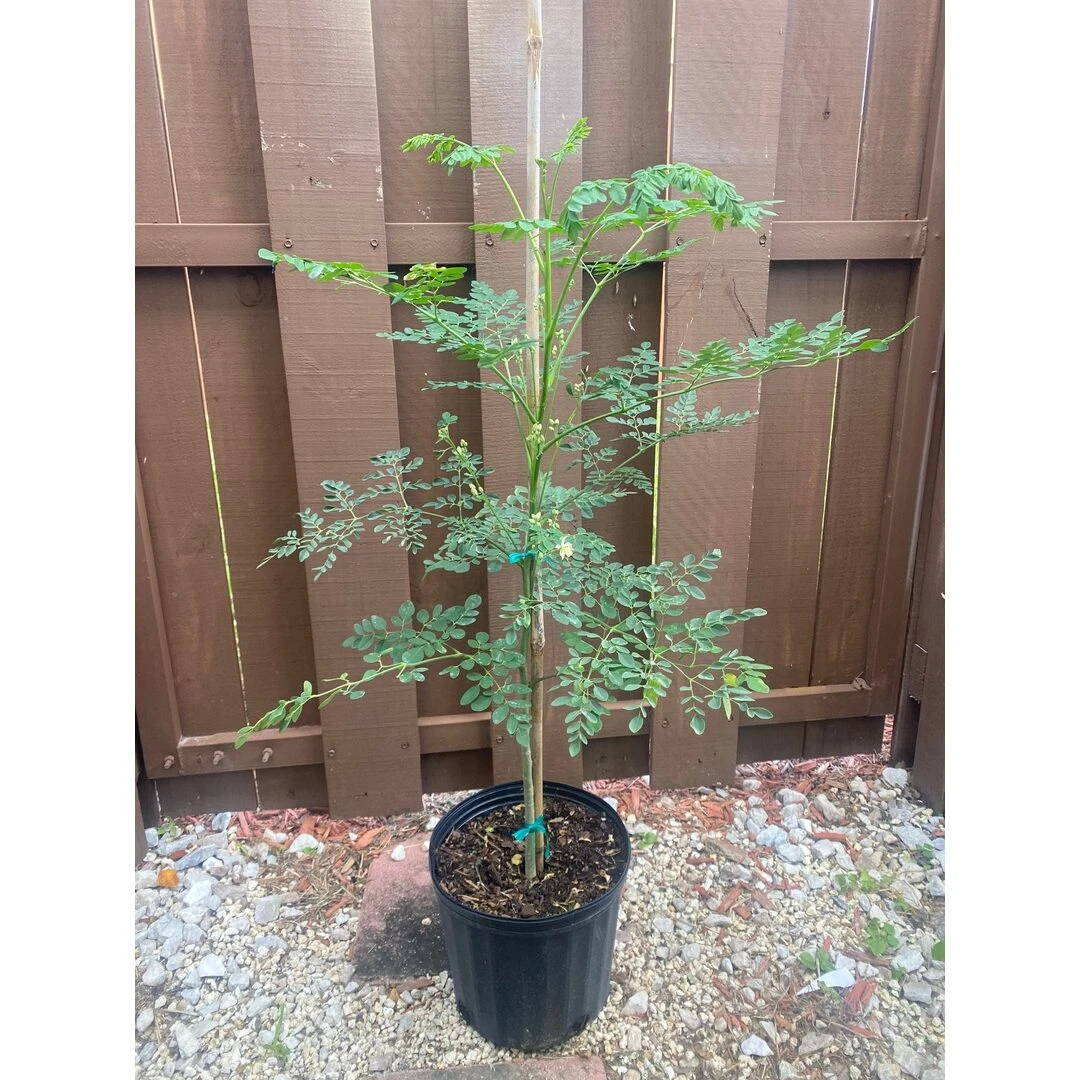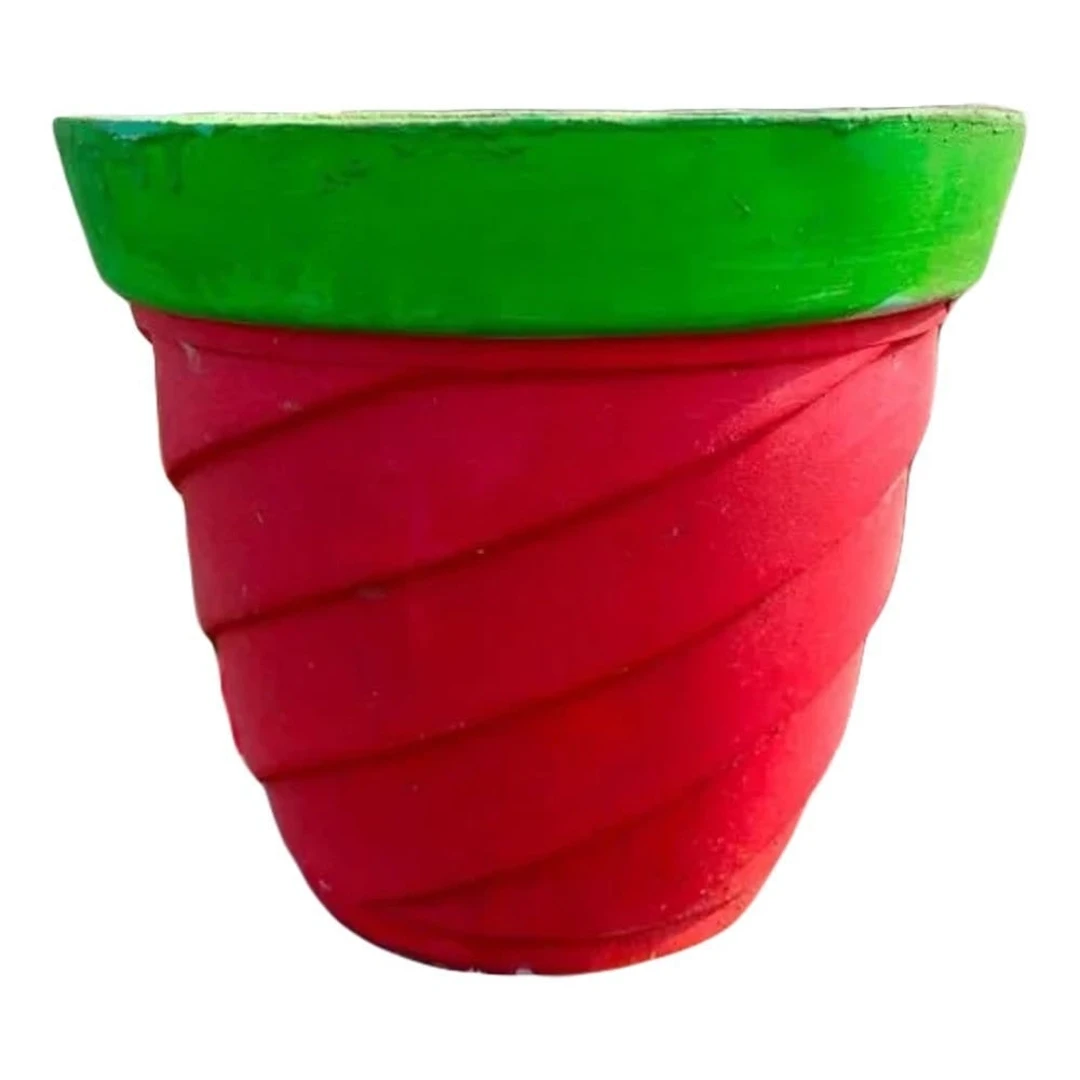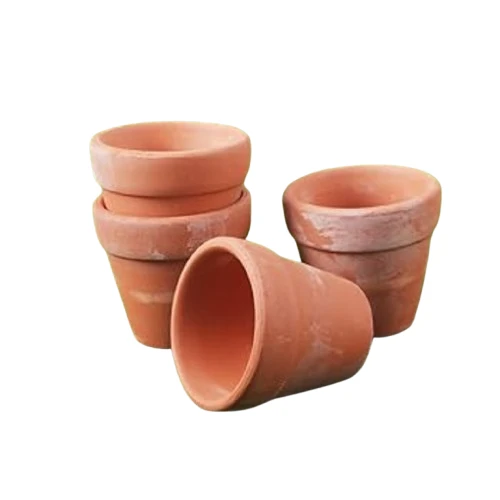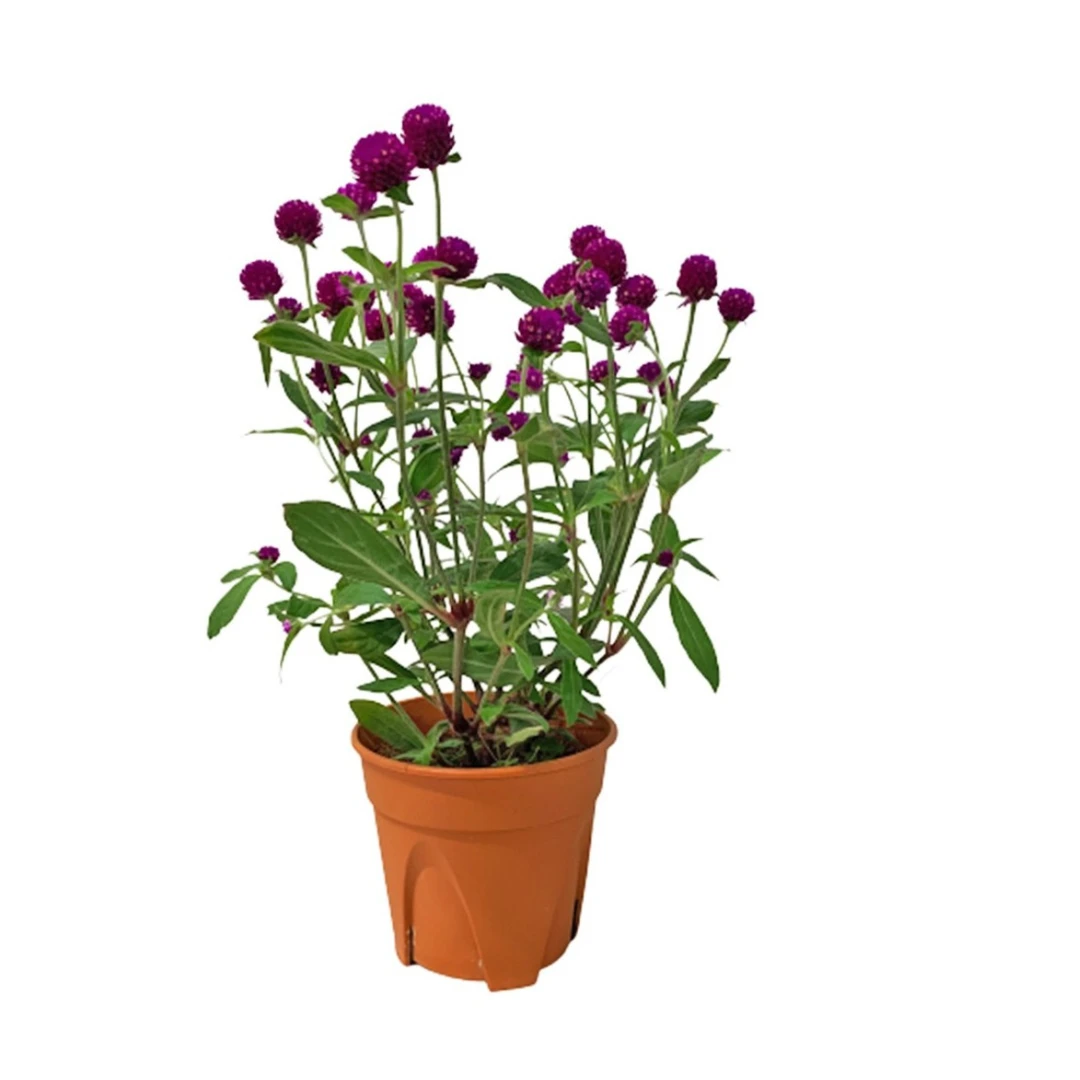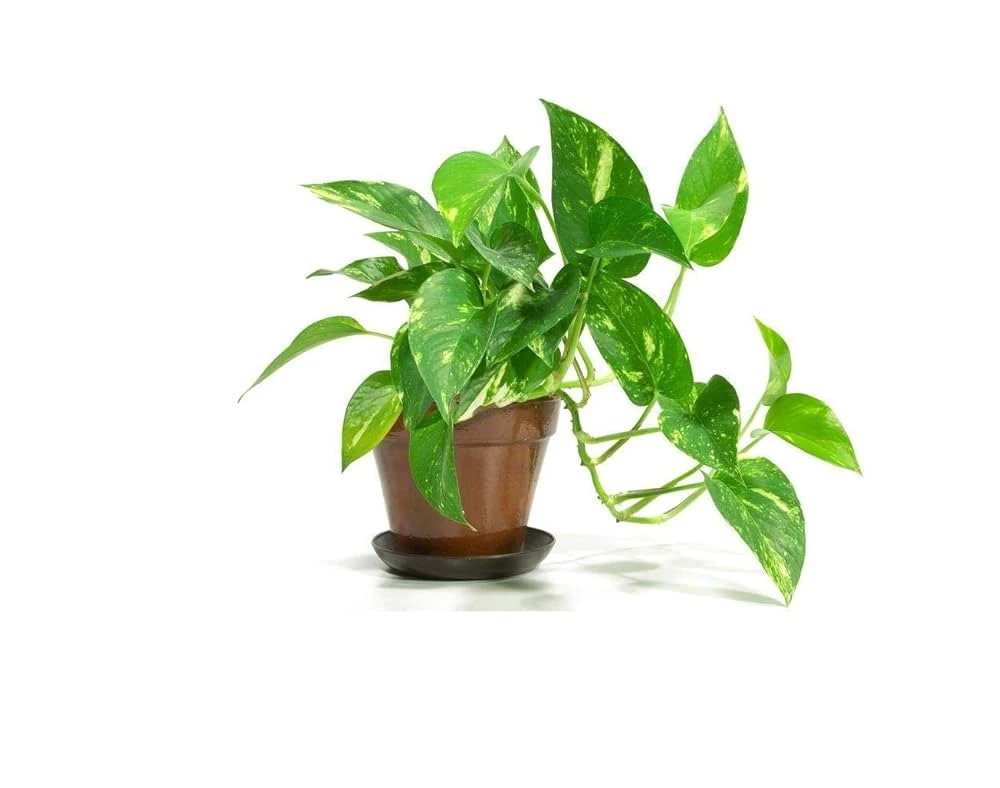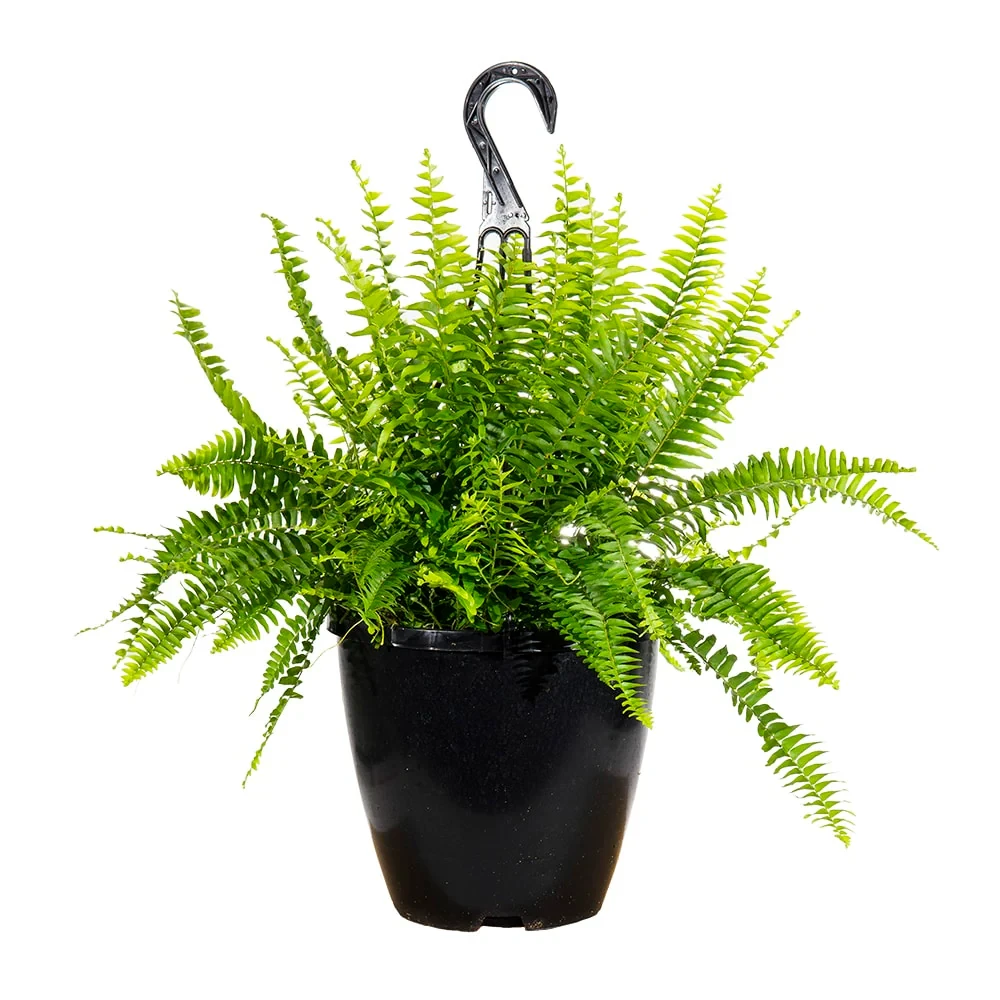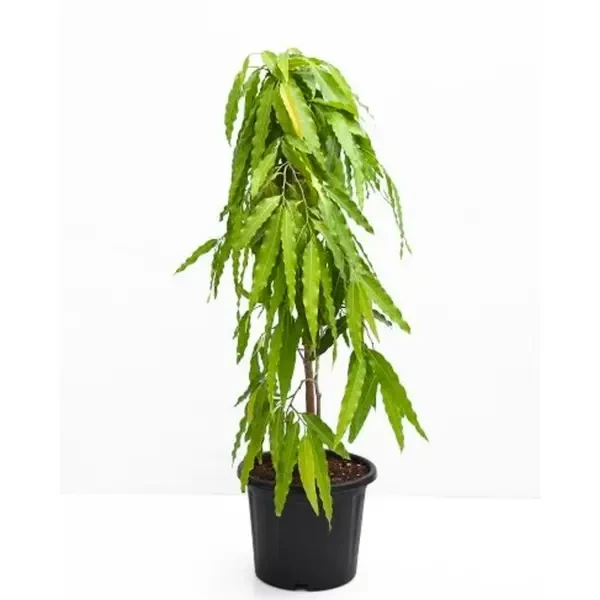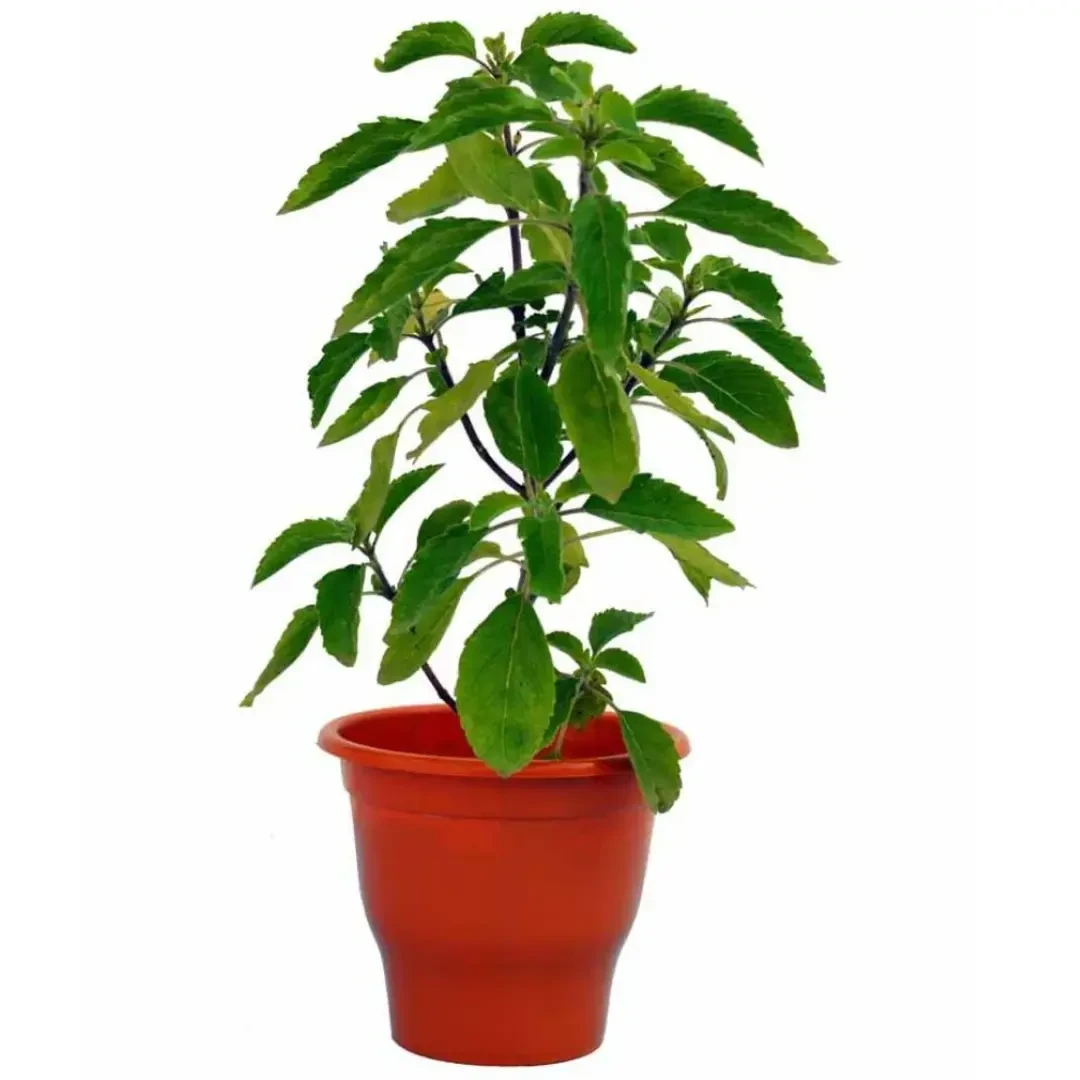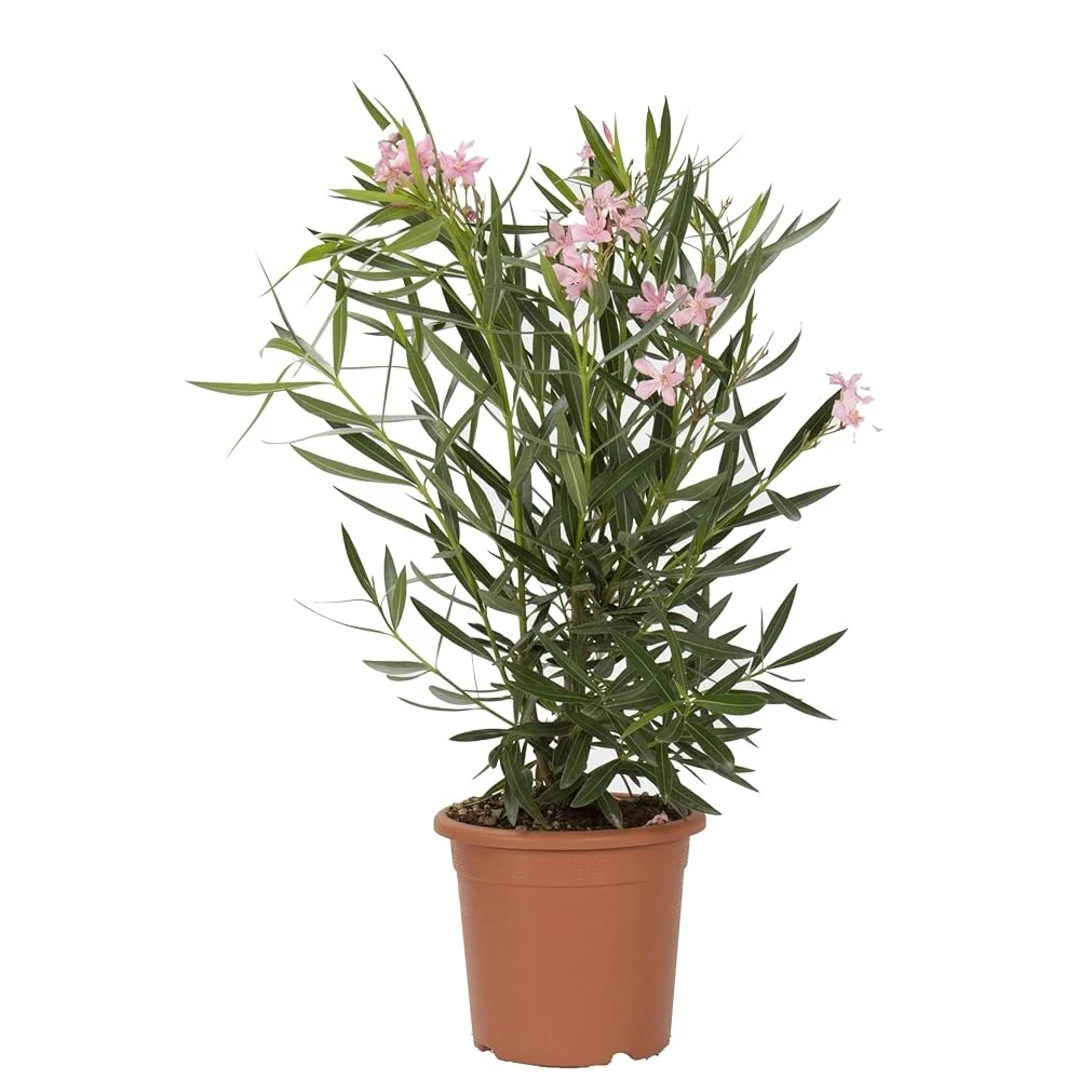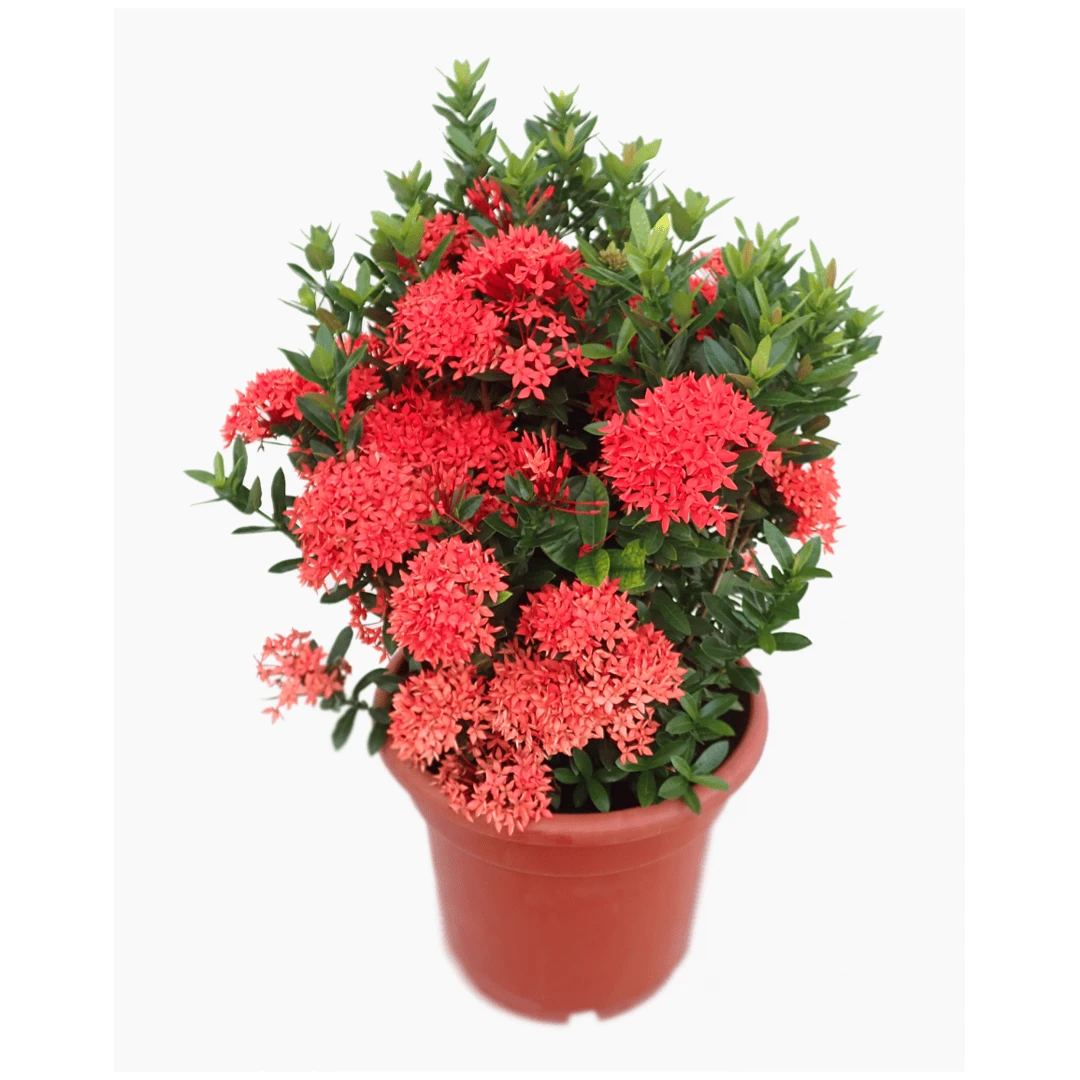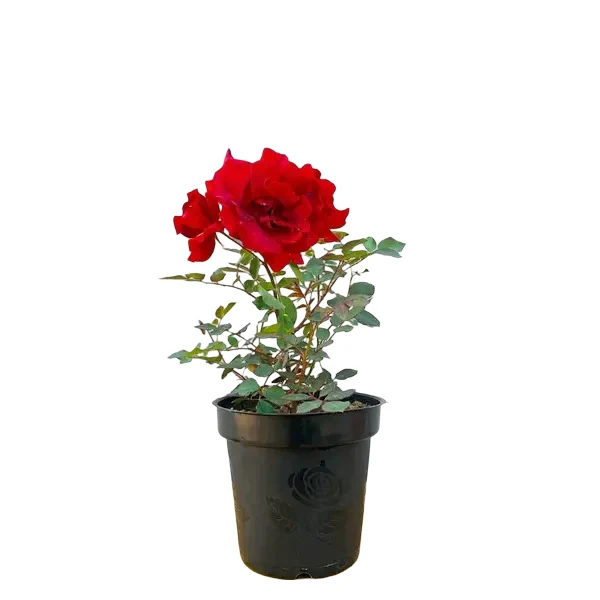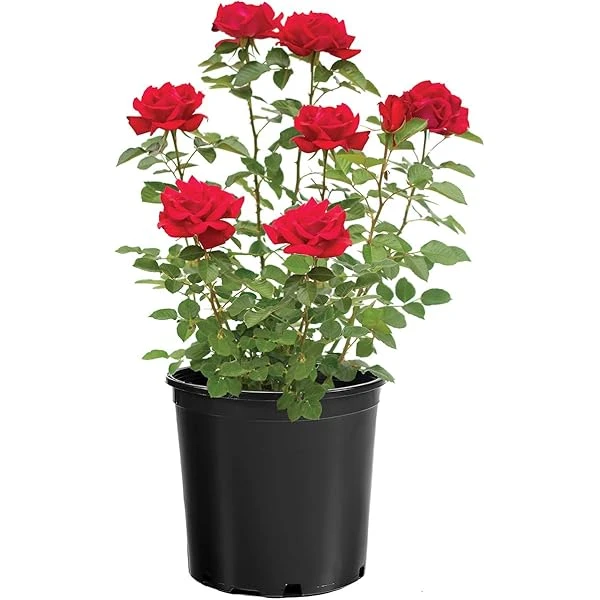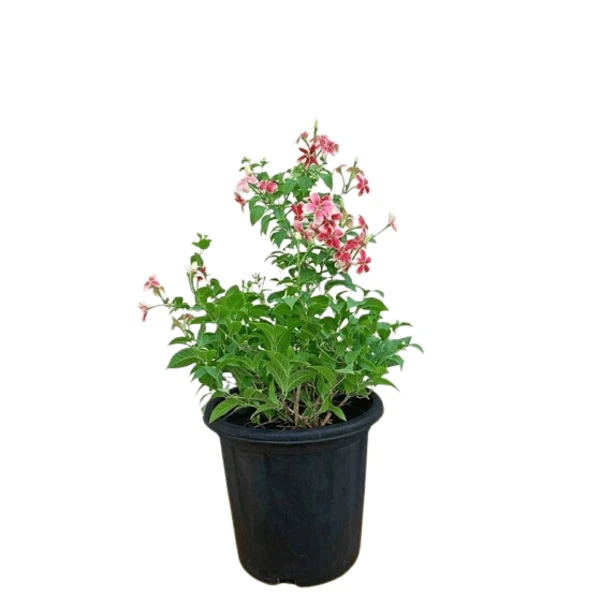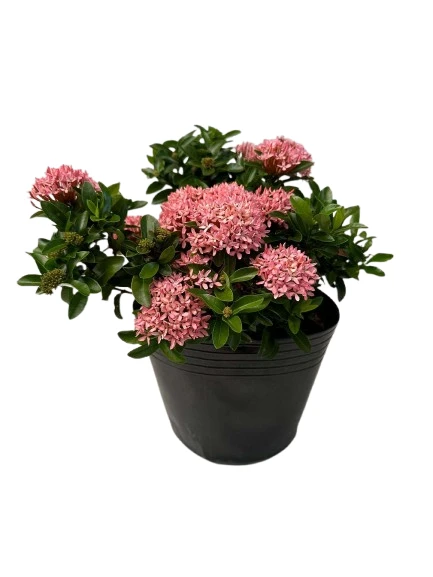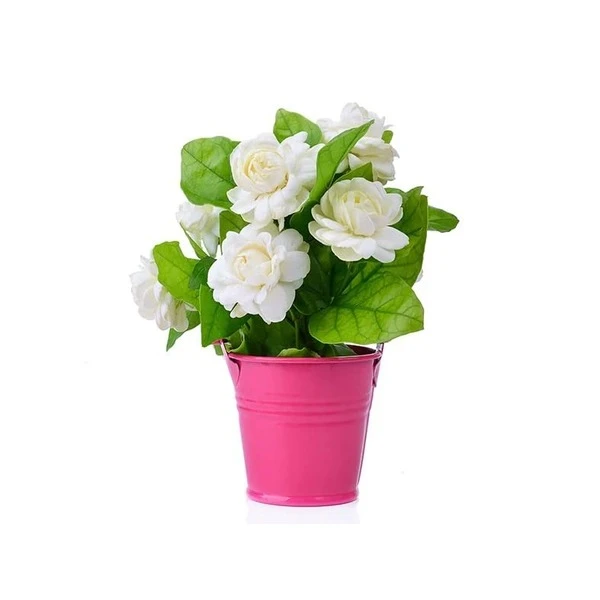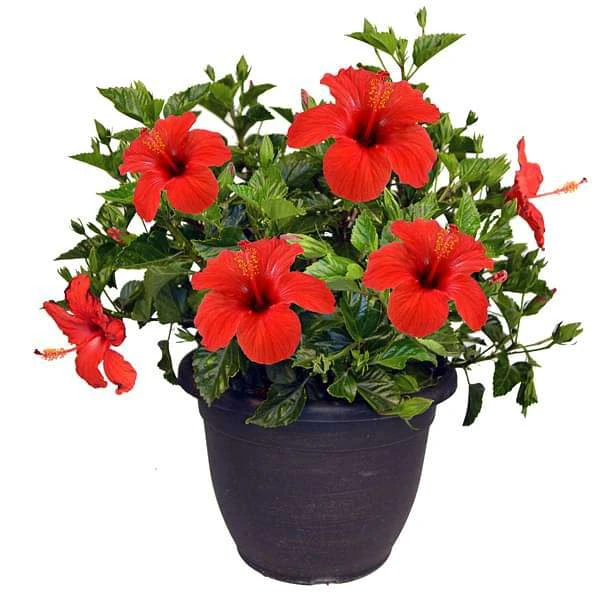The "Saragvo" plant, scientifically known as Moringa oleifera, is a fast-growing, deciduous tree. It's also commonly called the drumstick tree or horseradish tree. This tree can reach heights of 10-12 meters (32-40 feet). It features an open crown with drooping, fragile branches and feathery, tripinnate leaves. The bark is typically whitish-grey, and young shoots have purplish or greenish-white, hairy bark. It produces fragrant, white, pealike flowers, and its pods are long, angled, and dehiscent. Different parts of the plant, including leaves, flowers, pods, and even twigs, are edible and used in various cuisines.
Here's a more detailed look:
Growth and Form:
Moringa oleifera is a fast-growing, deciduous tree that can reach a height of 10-12 meters and a trunk diameter of 45 cm. It has an open crown of drooping, fragile branches and feathery foliage.
Bark and Shoots:
The bark is whitish-grey and thick, surrounded by a thick cork. Young shoots are purplish or greenish-white and hairy.
Leaves:
The leaves are tripinnate, meaning they are divided into smaller leaflets and then further subdivided. They have a feathery appearance.
Flowers:
The flowers are white, fragrant, and arranged in panicles. They have five unequal, veined petals and five fertile stamens.
Pods:
The pods are long, angled, and dagger-like, sometimes reaching 45 cm (18 inches) in length. They are known for being dehiscent, meaning they split open to release seeds.
Edible Parts:
Moringa is known for its edible pods, leaves, flowers, and even the roots (though they are reportedly not palatable). The leaves are particularly nutritious and rich in iron, potassium, and vitamin C.
Other Names:
It's also known as Saragvo, Drumstick, and Horse Sadish Tree.
Uses:
In addition to its culinary uses, Moringa has various medicinal applications, with different parts of the plant containing bioactive compounds and being used in traditional medicine.
Flowering and Fruiting:
In seasonal climates with good rainfall, flowering can occur twice a year or even year-round after about six months from planting, according to Netmeds.



